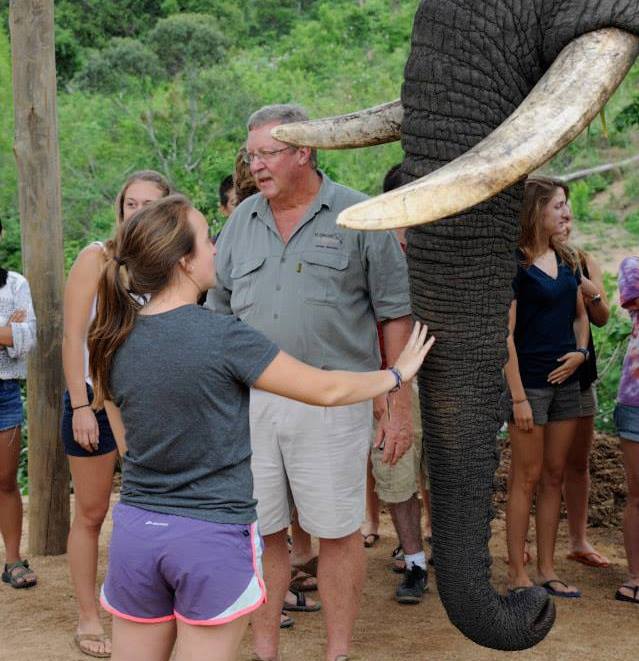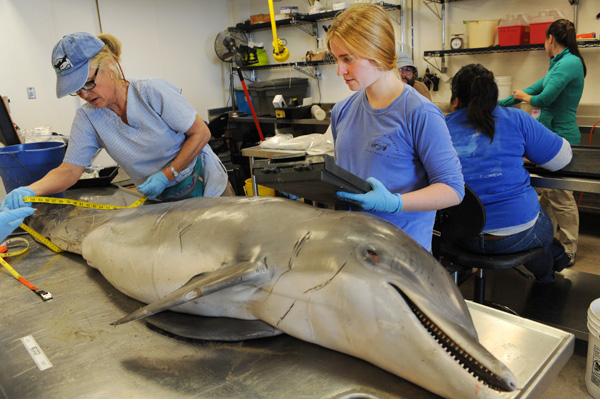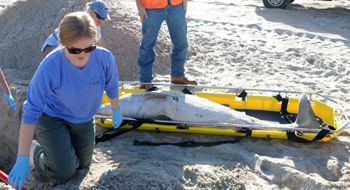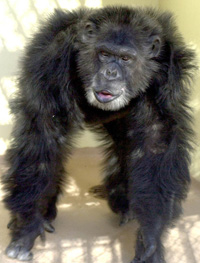By Erin Weeks
In October 2013, three South African cavers made a discovery that may change our understanding of human origins.
Just 25 miles outside Johannesburg lies the Cradle of Humankind, a World Heritage Site marked by limestone caves, in which decades of research have unearthed an abundance of early hominin remains. Five years ago, the caves yielded a new species, Australopithecus sediba, whose classification has divided the anthropology community. And as recent months have shown, the Cradle of Humankind holds many more secrets.
At the bottom of one cave complex, past a fissure just eight inches wide, the cavers discovered what looked like hominin fossils lying undisturbed in soft dirt. The findings triggered a frenzy of activity, as researchers scrambled to assemble a team to investigate the promising fossils. One member was Duke paleoanthropologist Steve Churchill, who discussed his work on A. sediba and the new, as-of-yet unclassified fossils last week in a lecture on campus called “The 2-Million-Year-Old Boy.”
The National Geographic Society provided emergency funding for a three-week endeavor dubbed the Rising Star Expedition, which has been chronicled online by scientist Lee Berger (the blog has great pictures of the caves and fossils).
In those marathon three weeks, the team catalogued 1,200 fossils. By comparison, Churchill explained, 65 years of excavation yielded just 400 and 500 hominin fossils, respectively, in two nearby sites.
At first, the team hoped they might have a full skeleton from one individual on their hands–but as the expedition progressed, they realized that the fossils came from 12 to 20 different individuals.
Perhaps most fascinating is what researchers haven’t found at Rising Star: other animals. At most sites in the Cradle of Humankind, hominin knucklebones and teeth are scattered indiscriminately among antelope and leopard fossils. Researchers may never know why so many primates, yet nothing else, were preserved in Rising Star’s remote chambers, but it’s clear the assemblage formed under conditions very different than those of the nearby cave sites.

A peek inside the science tent. All of the equipment for the three-week expedition had to be hauled out to the cave site. (Photo: Steve Churchill)
Where these primates belong on the hominid family tree is another lightning-rod question the team is working to answer. The age of the fossils is currently unknown, but there are indications they may fall into the time range in which early members of the genus Homo were first beginning to arise. If so, they may help to upend current theory, which holds that our Homo forebears evolved in East Africa rather than present-day South Africa.
Whatever the final word on their taxonomy, it’s clear the Rising Star fossils will lead to anthropological insights for years to come.






















